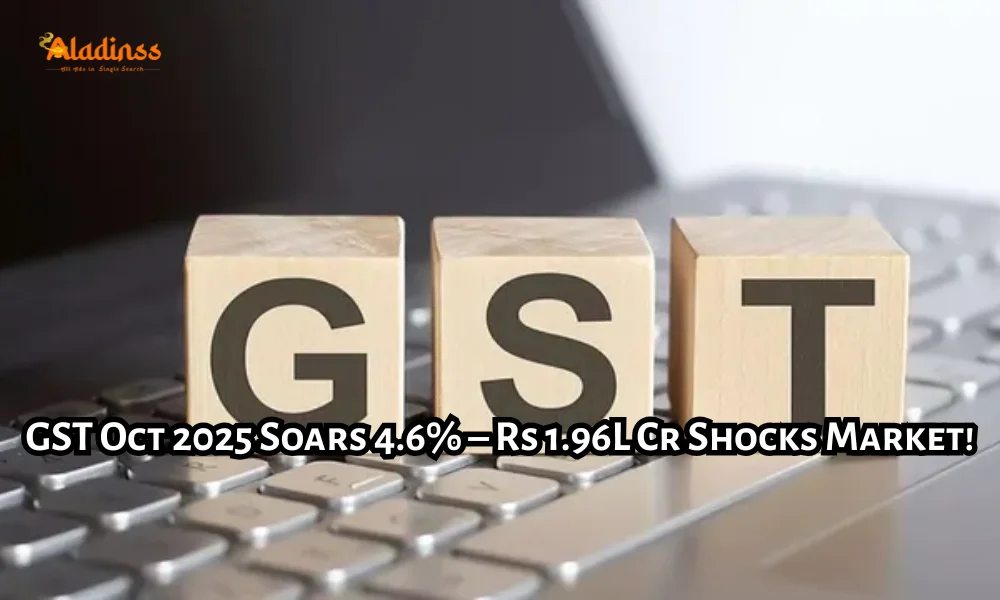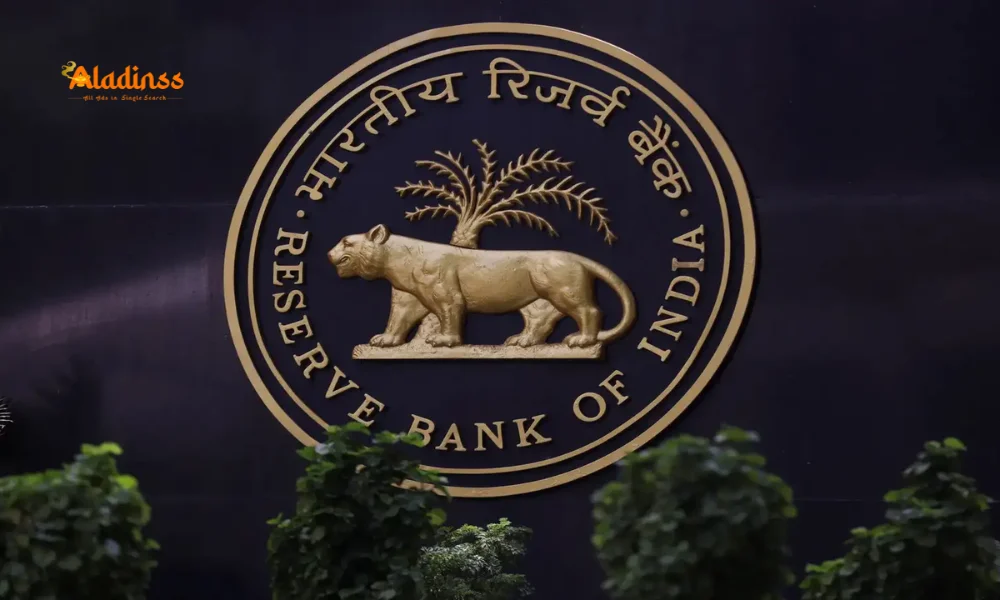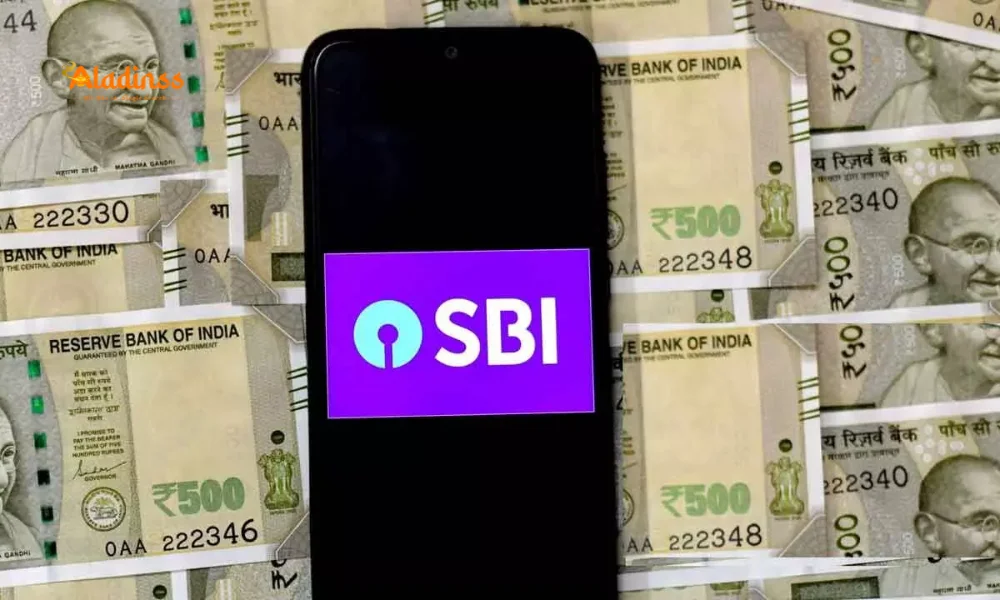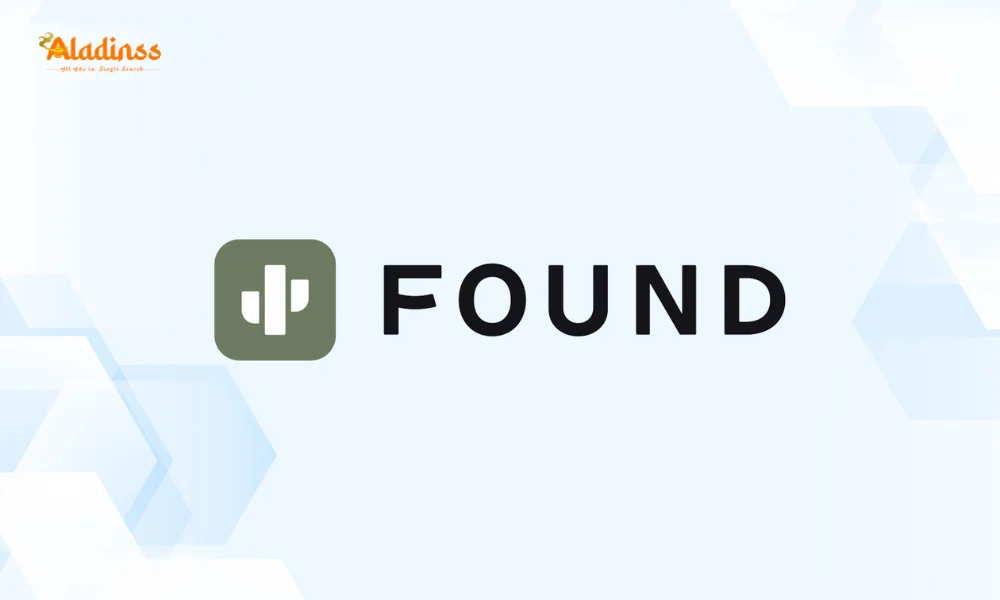Personal Loan Interest Rate Comparison 2025 HDFC SBI ICICI and More

Personal Loan Interest Rates 2025: Compare HDFC, SBI, ICICI & Top Banks
Personal loans have become a go-to financial tool for millions of Indians facing urgent expenses like medical emergencies, wedding costs, education fees, or home upgrades. With digital platforms, leading banks now disburse personal loans in minutes without requiring collateral. However, the convenience comes with responsibility interest rates typically range from 9.98% to 18.10%, and overlooking key details can lead to costly debt traps.
Choosing the right lender is critical. A difference of even 1% in interest can save thousands over a 5-year tenure. This comprehensive personal loan interest rate comparison 2025 covers top banks like HDFC, ICICI, SBI, Axis, and NBFCs, along with processing fees, eligibility tips, and seven common mistakes to avoid for smart borrowing.

Latest Personal Loan Interest Rates from Top Lenders (November 2025)
Interest rates vary based on credit score, income stability, employer category, and existing relationship with the bank. Salaried individuals with CIBIL scores above 750 and employment at MNCs or PSUs often secure the lowest rates. Here’s the updated personal loan interest rate comparison from leading institutions:
- HDFC Bank: 9.99% – 12.50% | Processing Fee: ₹3,499 – ₹6,500 (flat)
- ICICI Bank: 11.00% – 13.00% | Up to 2% of loan amount
- Axis Bank: 9.99% – 17.15% | 1% – 1.5%
- Kotak Mahindra Bank: 9.98% – 17.20% | 1.1% – 1.5%
- State Bank of India (SBI): 10.05% – 15.05% | Up to 1.5% (Min ₹1,000, Max ₹15,000)
- IDFC FIRST Bank: 9.99% onwards | Up to 2%
- IndusInd Bank: 10.35% – 16.50% | 1.3% – 2%
- Tata Capital: 11.99% – 13.99% | Up to 1.25%
- Bank of Baroda: 10.40% – 18.10% | Up to 2% (Max ₹10,000)
- Aditya Birla Finance: 10.99% onwards | Up to 4%
Rates are indicative and subject to change. Pre-approved customers with existing accounts enjoy 0.25%–0.50% discounts. Women applicants and senior citizens may get additional concessions at select banks.
Who Offers the Lowest Personal Loan Rates in 2025?
Kotak Mahindra Bank leads with a starting rate of 9.98%, followed closely by HDFC, IDFC FIRST, and Axis at 9.99%. However, these ultra-low rates are reserved for high-credit-profile borrowers. SBI remains competitive for government employees, offering rates from 10.05% with minimal documentation.
NBFCs like Aditya Birla and Tata Capital cater to self-employed professionals with flexible income proof. Their rates start higher but include zero foreclosure charges after 12 months a major advantage over banks that levy 2–4% prepayment penalties.
Digital-first lenders such as Bajaj Finserv, Moneyview, and CASHe offer instant loans up to ₹5 lakh at 12–24%, ideal for small-ticket emergencies but costlier in the long run. Always calculate effective cost using EMI calculators before committing.
7 Costly Mistakes to Avoid When Taking a Personal Loan
Even a small oversight can inflate repayment burden by lakhs. Here are seven common pitfalls and how to dodge them:
1. Skipping Credit Score Check: A score below 700 triggers higher rates or rejection. Use free CIBIL updates monthly and fix errors 30 days before applying.
2. Applying to Multiple Lenders Simultaneously: Each application triggers a hard inquiry, dropping your score by 5–10 points. Use eligibility checkers first soft inquiries don’t hurt.
3. Ignoring Total Cost: Focus beyond interest add processing fees, GST, and insurance. A 10.5% loan with 1% fee may cost more than 11% with zero charges.
4. Overlooking Fine Print: Watch for part-prepayment limits, late payment fees (₹500–₹1,000), and bounce charges. Some banks waive foreclosure after 6 EMIs others after 12.
5. Defaulting on EMIs: One missed payment invites 24–36% penal interest and CIBIL damage for 7 years. Set auto-debit and maintain 3-month buffer salary.
6. Falsifying Documents: Inflating salary or hiding loans is fraud. Lenders verify via bank statements and ITR. Detection leads to blacklist and legal action.
7. Borrowing for Lifestyle: Use personal loans only for income-generating or unavoidable needs. Funding vacations or gadgets creates negative debt repay without asset creation.
Eligibility Criteria and Documents Required
Banks follow standardized norms but tweak based on risk appetite. Minimum eligibility includes:
- Age: 21–60 years (salaried), 25–65 (self-employed)
- Minimum Income: ₹25,000/month (metro), ₹15,000 (tier-2)
- Work Experience: 1–2 years total, 6 months current job
- CIBIL Score: 750+ preferred, 685+ accepted with higher rates
Documents: Aadhaar, PAN, 3-month salary slips, 6-month bank statement, 2-year ITR (self-employed). Digital KYC via video verification speeds approval to under 5 minutes for pre-approved users.
How to Get the Best Personal Loan Deal in 2025
Follow this 5-step strategy to minimize costs:
Step 1: Check your CIBIL/Experian score free via bank apps. Dispute errors immediately.
Step 2: Use online aggregators like BankBazaar or Paisabazaar to compare live offers without hard pulls.
Step 3: Apply only to 2–3 lenders with pre-approval. Upload documents digitally.
Step 4: Negotiate mention competitor offers. Relationship managers often reduce rates by 0.25%.
Step 5: Opt for step-down EMIs or bullet payments if income is variable. Avoid insurance unless mandatory.
Impact of RBI Repo Rate on Personal Loans
Most personal loans are linked to external benchmarks (repo rate + spread). With RBI holding repo at 6.5% in October 2025, rates remain stable. A 25 bps cut in December could lower floating rates by 0.25% automatically benefiting new and existing borrowers.
Fixed-rate loans lock current levels but start 0.5–1% higher. Choose floating if you expect rate cuts; fixed for budget certainty. Hybrid options allow one switch during tenure at nominal fees.
Tax Benefits on Personal Loans
Unlike home loans, personal loans offer no direct tax deduction. However, interest paid for business expansion, education, or home renovation can be claimed under specific sections with proper documentation. Consult a CA to structure loans tax-efficiently.
Final Verdict: Which Bank Should You Choose?
For lowest rates: Kotak or IDFC FIRST (9.98–9.99%)
For fastest approval: HDFC or ICICI (under 10 seconds for pre-approved)
For government employees: SBI (10.05% + pensioner benefits)
For flexible foreclosure: Tata Capital or Aditya Birla
Borrow only what you need, repay on time, and treat personal loans as a bridge not a habit. With the right lender and disciplined repayment, they can be powerful financial enablers in 2025.
Comment / Reply From
No comments yet. Be the first to comment!










